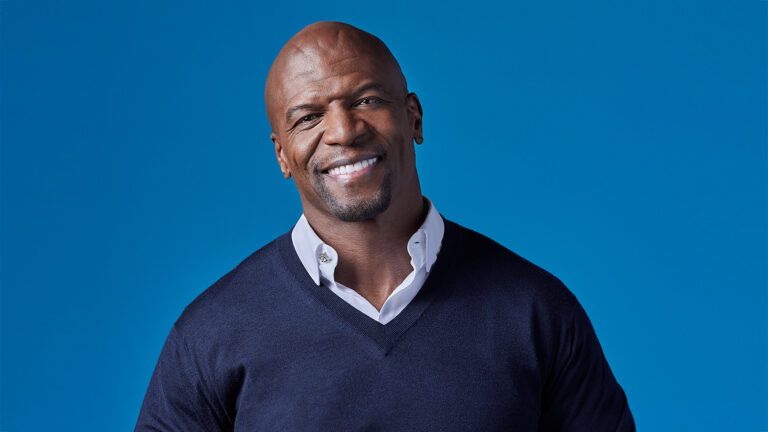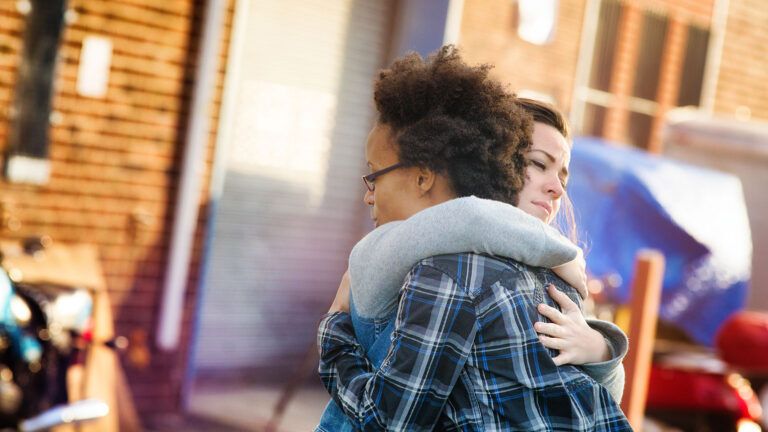I’ve heard it said that it’s usually trouble that brings one closer to God. My troubles came in the mail one afternoon in 1980. It was official verification of a reduction-in-force for the Indianapolis public-school system in which I taught junior high. I have a strong faith, but I was deeply hurt and full of angry questions.
Mother and Grandmother had been teachers, and now, in my 30s, I would soon be unemployed, my dream to carry on their tradition broken. Why? I asked God. Why is this happening after all my struggle to earn a master’s degree?
During this time of questioning I began to attend church more regularly and prayed more. I also found myself thinking hard about the future. I was tired of teaching junior high kids and wasn’t sure what my next career should be. I began searching the Scriptures for answers.
In Exodus I read about the Israelites’ bondage, their escape into the wilderness and their entry into the Promised Land—and freedom. But what really struck me was God commanding them to teach their children about their heritage—who they were, and what their ancestors had gone through.
That’s when I found myself in deep thought. My people had struggled through similar trials and had finally found freedom. But who was teaching them about our heritage? Oh, I knew some schools taught black history. But what about the many people, both black and white, who had little idea of the contributions African-Americans had made to our country—the early artisans and inventors, the soldiers, the educators, statesmen and business leaders? To many black people our ancestry was one of pain and suffering. Not wanting to remember it, we swept it under the rug.
More than a year went by. Though I had found other employment, I began to feel God was telling me I had a calling: to acquaint not just black people, but all Americans of every color, with our heritage and culture. But how could I do it? Lectures and books were already in existence. Besides, I felt it must be exciting, something to capture the imagination.
Oh, Lord, I prayed, You have given me this idea, but how do I go about bringing it to life? I was idly putting books back onto their shelves in my apartment one afternoon when I picked up a volume of mystery stories. It was then I knew.
Back when I was teaching, to wake up my English class, I often asked students to dramatize mystery stories. I assigned a mystery in which they pledged to read only up to where a courtroom scene unraveled the enigma. Then, in acting out the courtroom parts, they would attempt to solve the mystery.
Now I knew how I would teach black heritage—not through lectures and books, but as living history. People would learn through watching real-life situations from an earlier time period. I envisioned costumed actors reenacting an old-time church service. I saw an African-American wedding during which the couple “jump the broom,” signifying that in having swept the past behind, the two leap together as one into the future. I pictured a one-act play illustrating holiday traditions when families drew together to count their blessings.
In trying to decide how to bring this about, I remembered how a black community came together around 1870 in post-Civil War Indianapolis. Populated by former slaves along with free men and women, their community became an integral part of Indianapolis, contributing to its progress through its artisans, entrepreneurs and workmen. During this pivotal time, major achievements were made by African-Americans in education, politics, economics and social issues.
That was it. I decided to center my plays and portrayals on this community. It would be called Freetown Village—to symbolize a free town.
The next challenge was to make it real. I prayed long and hard for direction, and timidly consulted with a few friends. Finally, after a year and a half, a friend suggested I contact the Indiana Humanities Council. After completing budgets and program proposals, we were given a grant to develop the pilot program. Meanwhile the public-school system asked me to return to teaching. But by then I was convinced I was launched on a full-time calling.
Not only that, God had been working bigger things out. I heard from the Indiana State Museum. Its public relations director, who happened to have been an old college classmate, alerted the museum’s director to Freetown. He welcomed the pilot project. The museum would absorb the design, development and marketing costs. We would put on vignettes of actor/interpreters performing monologues.
In 1985 this evolved into a permanent museum exhibit composed of a front porch of a typical 1870s clapboard Freetown house. Actors in period clothing portraying average citizens interact with the public. For example, Sarah Elizabeth Cuffee, sitting on a swing and knitting, converses with visitors, helping them step back into time with the latest news and gossip of 1870s Indianapolis. A touring troupe of Freetowners also travels the public-school system, churches and white and black community groups to discuss issues of their day. Workshop artisans help children learn old-time crafts. And guests enjoy a memorable Freetown Village dinner with authentic African-American cuisine and period entertainment, including parlor games, storytelling and songs.
Now we have an office and staff, and it all keeps me going around the clock. Sometimes I look back fondly on my teaching days, when I could go home at night, leaving everything behind me, and even take vacations.
But then I remember a heartwarming incident at our museum exhibit. White schoolchildren gathered around the 1870s front porch were hearing Eliza Freeman share her slave-days memories. She tearfully told how her son had been sold. In her authentic dialect she emotionally described her “little chap,” who had a small scar on his face. As she clutched her chest, telling how much she missed him, a young boy among the listeners jumped up, tugged on her skirt and, in a voice full of compassion, cried: “I’ll be your son!”
It was as if the Lord had touched me on the shoulder and said, “See, Ophelia; what did I tell you?”





